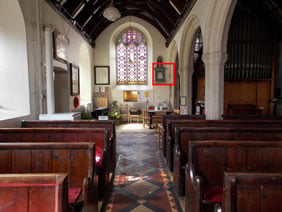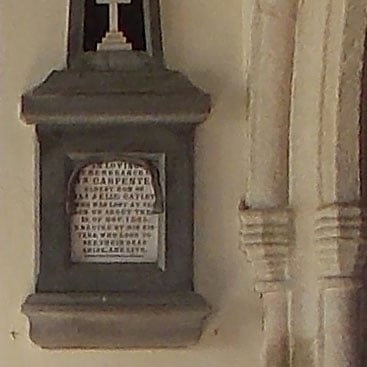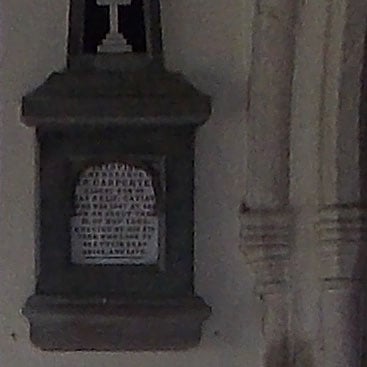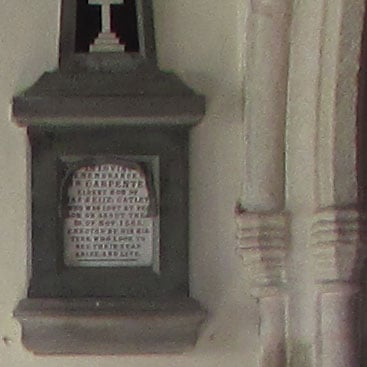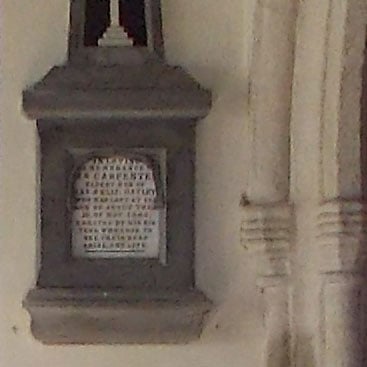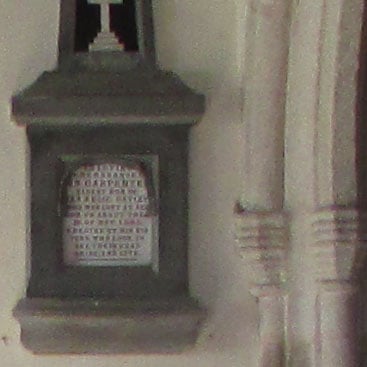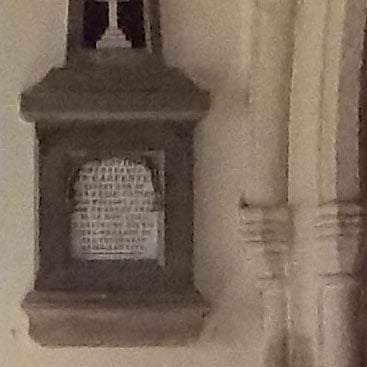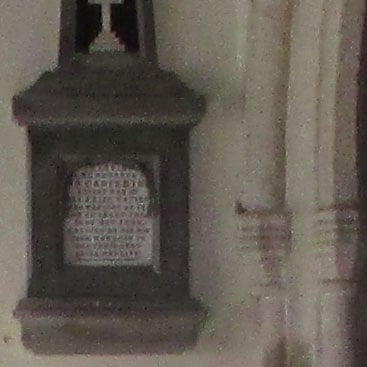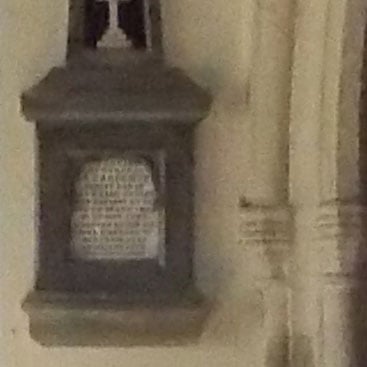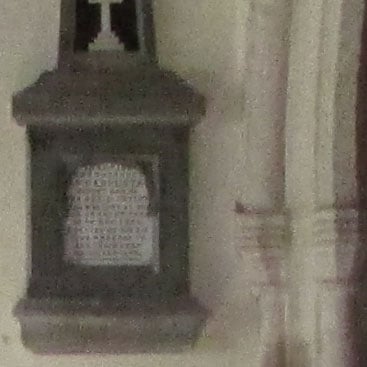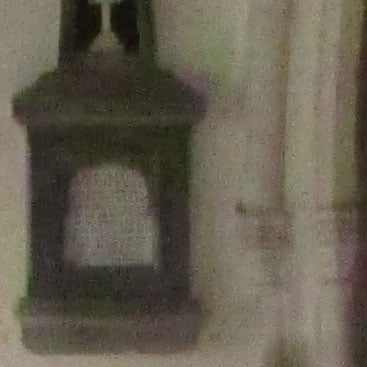Nikon COOLPIX L810 review
-
-
Written by Ken McMahon
Quality
Nikon L810 vs Canon SX500
|
Nikon COOLPIX L810 |
Canon PowerShot SX500 IS | |
 |  | |
f3.1, 80 ISO |
f5, 100 ISO | |
 | 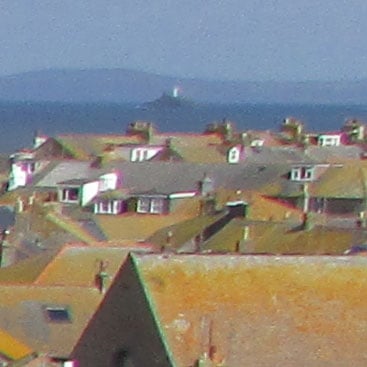 | |
f3.1, 80 ISO |
f5, 100 ISO | |
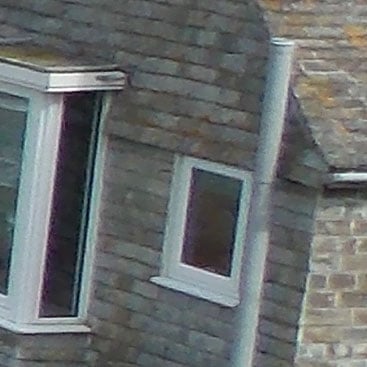 | 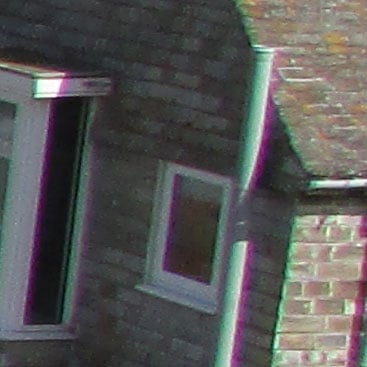 | |
f3.1, 80 ISO |
f5, 100 ISO | |
 |  | |
f3.1, 80 ISO |
f5, 100 ISO |
Nikon L810 vs Canon SX500 Noise
The above shot was taken with the Nikon COOLPIX L810. The lens was zoomed in to 4.3mm to provide an equivalent field of view to the PowerShot SX500 IS. Image stabilisation was disabled for this tripod-mounted test. In Program Auto mode the Nikon COOLPIX L810 chose an exposure of 1/8 at f3.1 and 80 ISO. The base 80 ISO crop from the COOLPIX L810 is quite impressive. There’s a very good level of detail, the text in the memorial panel is very legible and there’s little evidence of noise. In the areas of flat colour some of the edge detail looks a little bit squiffy but, overall, this is very good. At 100 ISO the L810’s automatic white balance ran into difficulty but the exposure is good. Interestingly, there’s visibly more noise at 100 ISO than at 80 ISO, you can now cleary see texture in the flat colour areas, so if you’re setting the sensitivity manually it’s worth leaving the L810 on 80 ISO as your ‘default’. There’s another marginal hike in noise levels at 200 ISO, but the first three sensitivity settings all provide results good enough for 100 percent viewing and printing. At 400 ISO all but the largest text on the memorial is now illegible, so fine detail is beginning to lose out to noise. I’d still be happy with a full size print at 400 ISO, it just won’t look nearly as good as an 80 ISO one and, of course, at smaller sizes 400 ISO looks perfectly fine. Even 800 ISO is satisfactory for reproduction at small sizes, but now the noise is very definitely gaining the upper hand and there’s also a drop in contrast and saturation. 1600 ISO is the ‘must have at all costs and never mind the quality’ setting on the COOLPIX L810. Compared with the results form the Canon PowerShot SX500 IS, overall, there’s not a lot between these two 16 Megapixel CCD sensors. The COOLPIX L810 starts at a slightly lower base setting of 80 ISO and this crop looks cleaner than the 100 ISO crop from the PowerShot SX500 IS with less noise and improved fine detail as a result. The colour balance has gone a bit awry with the COOLPIX L810 100 ISO shot, but despite that, in noise terms the gap has closed and the PowerShot may even be slightly ahead here with cleaner edges. The 400 ISO crops look qualitatively different, but I couldn’t say one was better than the other either way. In conclusion, I’d say the Nikon COOLPIX L810 has a clear advantage at the base ISO sensitivity, but above that, there’s little to choose betwen these two models. Now head over to my Nikon L810 sample images to see some more real-life shots in a variety of conditions.
|
